1. Spam
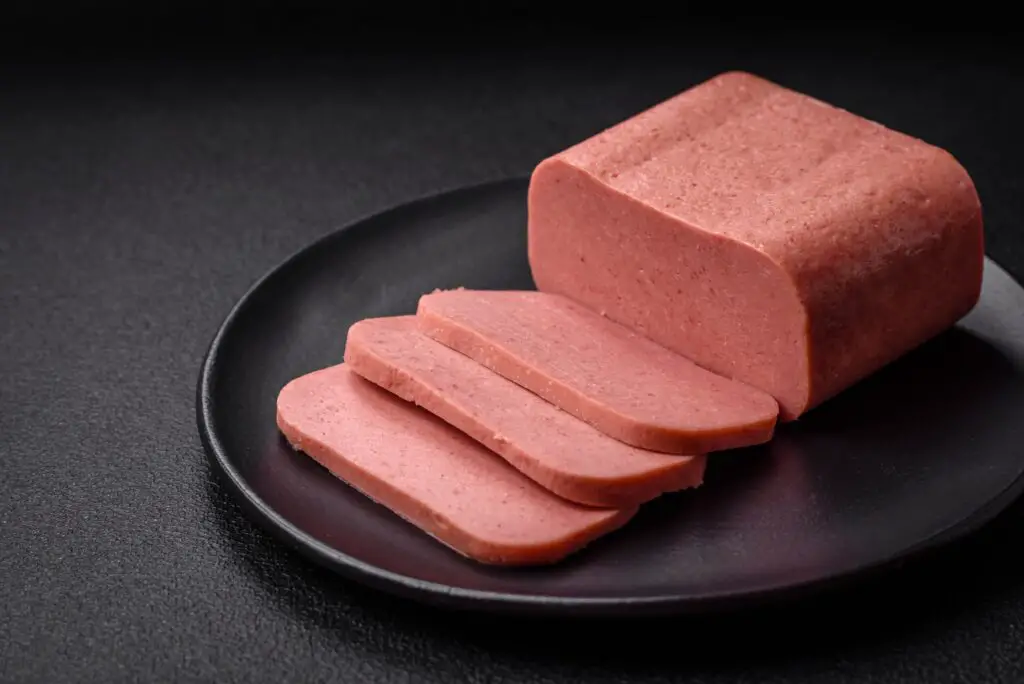
Spam, the iconic canned meat, was introduced during World War II when there was a need for a long-lasting, easy-to-ship protein source. Hormel Foods began producing it in 1937, but its widespread use came during wartime when meat supplies were scarce, and rationing was in full effect. The military embraced Spam as a practical option for soldiers, and it quickly became a staple in military rations. It was cheap, shelf-stable, and could be eaten hot or cold, making it ideal for wartime conditions.
After the war, Spam continued to thrive in civilian markets. While it still evokes mixed feelings, its legacy remains as a wartime invention that turned into a lasting food phenomenon. Whether you love it or loathe it, Spam’s origins in war rationing can’t be ignored.
2. Powdered Eggs
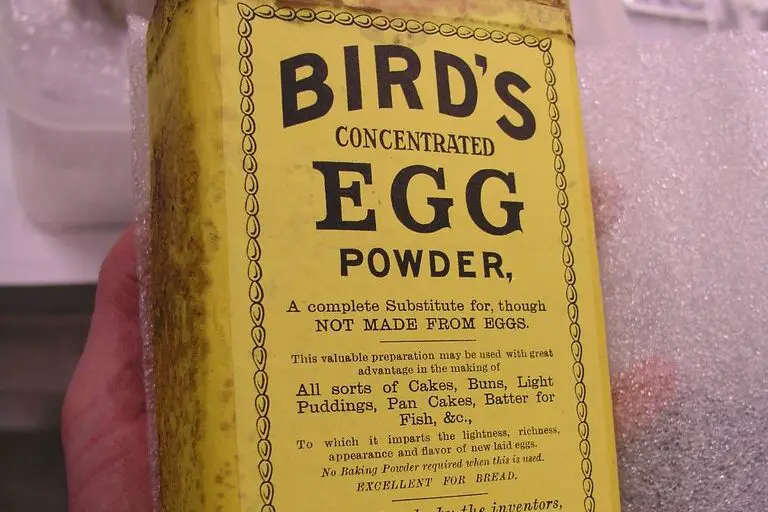
Powdered eggs were first developed in the 1940s to meet the need for eggs that would last longer and be easier to transport during World War II. They were a solution to the problem of fresh eggs spoiling quickly during transport or storage. The U.S. government began providing powdered eggs to soldiers in their rations as a protein source that could be stored for extended periods. This made them a lifesaver on the battlefield, where fresh eggs were hard to come by.
Once the war ended, powdered eggs found their way into civilian kitchens, particularly in the form of baking mixes and other processed foods. Despite their controversial texture, powdered eggs remain a reminder of wartime ingenuity and the need for food that could withstand the test of time and distance.
3. Canned Meat
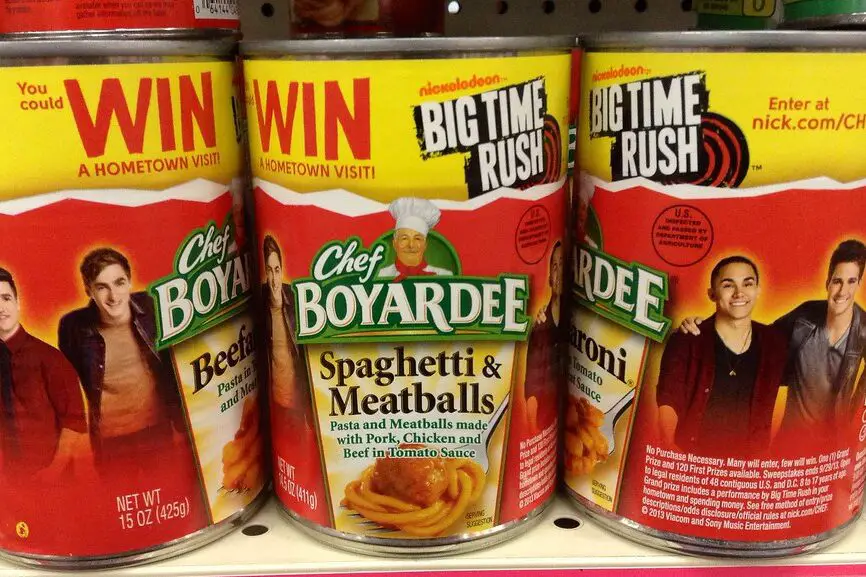
While Spam may be the most famous canned meat, it wasn’t the only option introduced during wartime. As rationing took hold, the U.S. military needed easily stored, protein-packed foods that would provide nutrition without requiring refrigeration. Canned meats, such as corned beef and turkey, were introduced and became a vital part of soldiers’ rations.
These meats were an easy-to-prepare solution that could be shipped overseas without the need for fresh supplies. After the war, canned meats made their way into grocery stores and home kitchens, becoming a staple for families looking for affordable, convenient meals. Their link to wartime necessity has kept them on the shelves ever since.
4. Margarine

Margarine was created as a substitute for butter during World War I and was heavily used during World War II as butter became a scarce commodity. The idea was to provide a cheaper alternative that could still give the same rich texture for cooking and baking. With dairy products being heavily rationed, margarine filled the gap, allowing people to enjoy spreads and cooking fats without taking away from the dairy supply.
Once the war ended, margarine stuck around as an affordable alternative to butter, particularly during times of economic strain. Over the years, margarine has continued to evolve, becoming part of many households’ kitchens due to its versatility and low cost.
5. K-rations
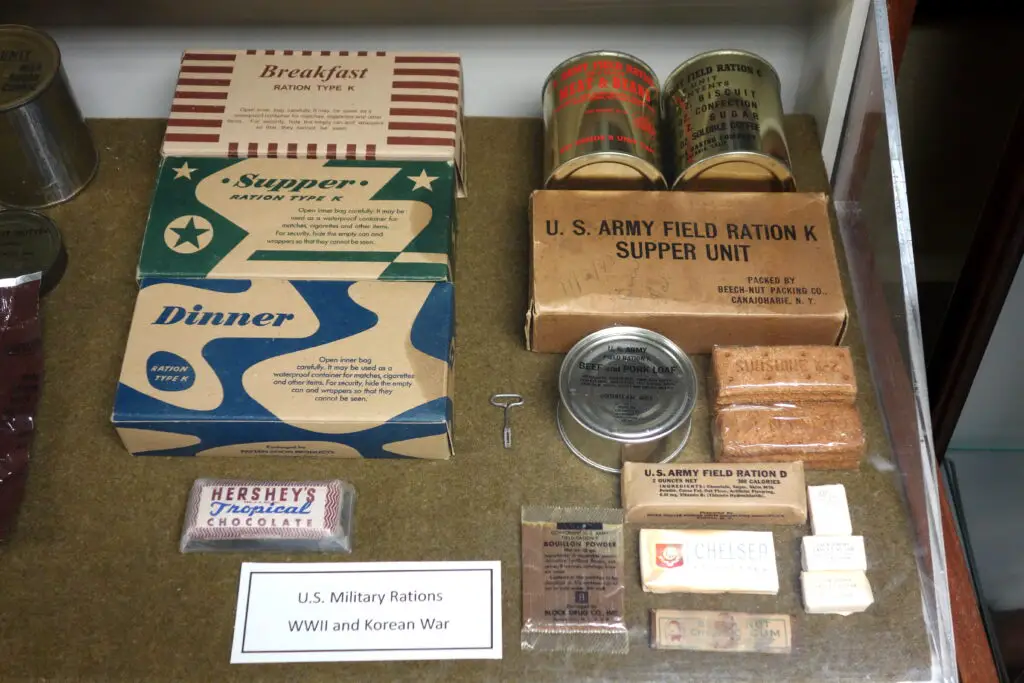
The K-ration, developed during World War II, was a compact, lightweight meal designed to provide soldiers with everything they needed to survive in combat situations. These rations contained a combination of protein, carbohydrates, and fat in a small, convenient package. While they were not intended to be gourmet, K-rations played an essential role in keeping soldiers energized and focused on the battlefield.
Although the K-ration was a wartime innovation, it led to the development of modern military rations and the rise of convenient, pre-packaged foods. Today, the concept of portable, ready-to-eat meals has evolved into products like MREs (Meals Ready to Eat), but the K-ration remains a classic example of how necessity can spark innovation.
6. Instant Coffee
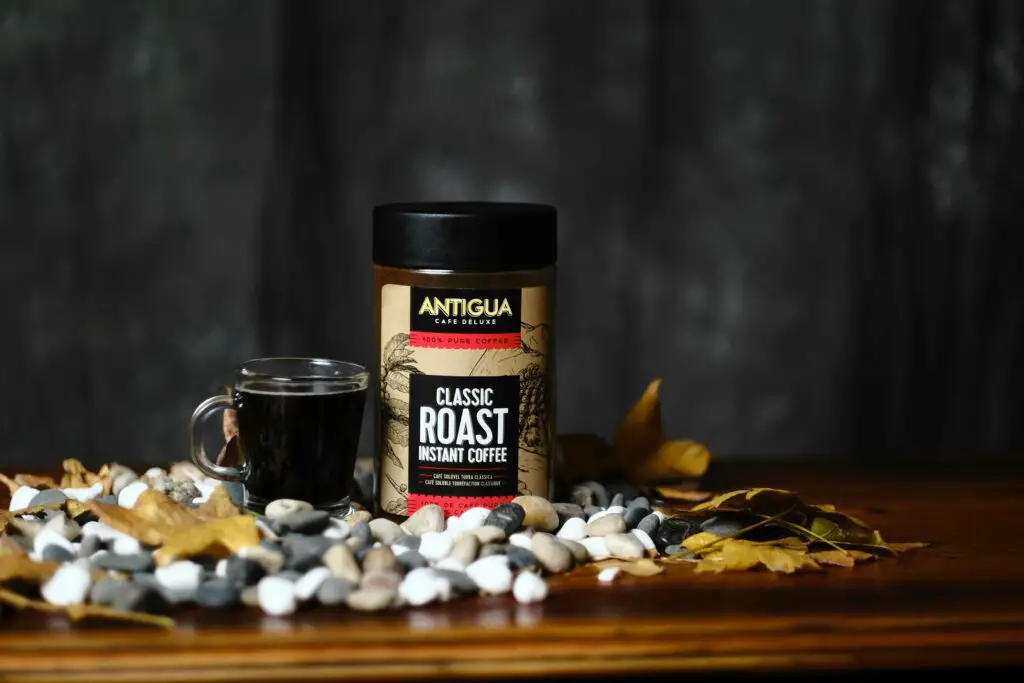
Instant coffee was developed as a wartime innovation to provide soldiers with an easy, quick caffeine fix while on the go. In 1941, the U.S. military began providing instant coffee in K-rations to soldiers, who needed a convenient way to stay awake and alert without access to brewing equipment. Instant coffee’s simplicity and portability made it a hit with troops, and it quickly became part of military culture.
After the war, instant coffee found its way into civilian markets, and by the 1950s, it had become a household name. It was the perfect solution for busy families or anyone who needed a quick caffeine boost without brewing a pot of coffee. Today, instant coffee remains a popular choice worldwide, especially for those who prioritize convenience over the ritual of traditional brewing.
7. Canned Soup

Canned soups became more popular during wartime as a way to provide quick, nutritious meals without needing fresh ingredients. The U.S. government encouraged the production of canned soups, which were easy to transport, had long shelf lives, and could feed many people with minimal preparation. These soups were essential in military rations, providing soldiers with a warm meal that could be consumed easily in the field.
The widespread use of canned soup during wartime laid the foundation for the growth of brands like Campbell’s, who took advantage of the booming demand for these convenient meals. Even after the war ended, canned soup remained a go-to meal for busy households, thanks to its low cost, convenience, and variety of flavors.
8. Victory Gardens
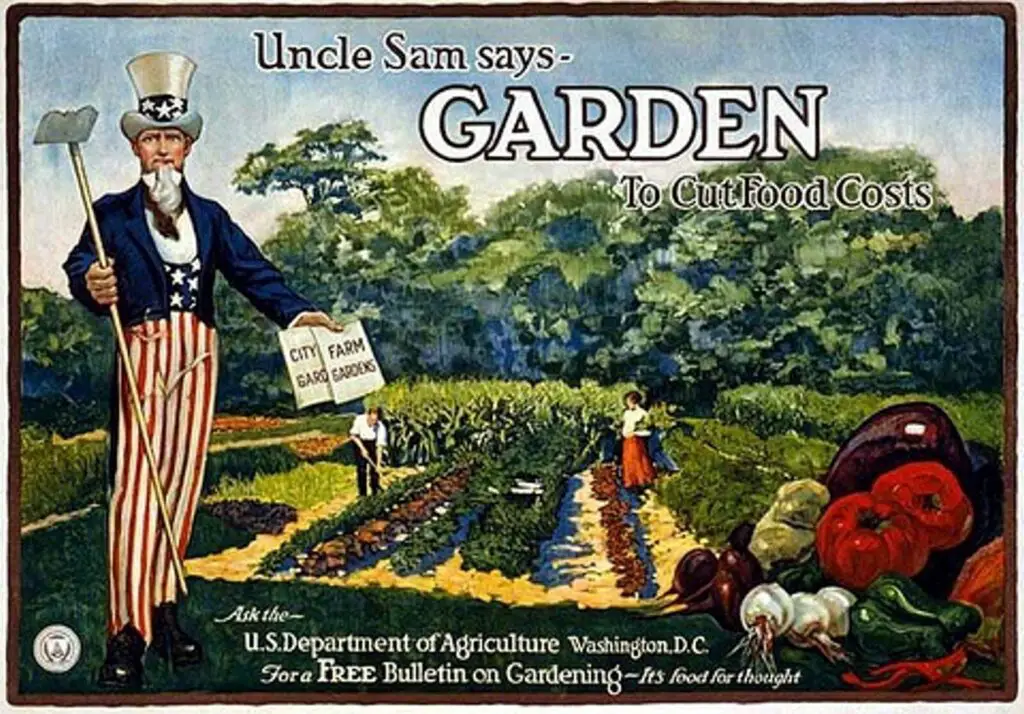
Victory gardens were a direct result of the need for food during wartime. With many workers off fighting and food production limited, citizens were encouraged to plant their own gardens to support the war effort. These gardens allowed families to grow their own vegetables, freeing up resources for the military and the larger population.
While they were a temporary solution, the idea of growing your own food caught on with many people. After the war, gardening became a popular hobby and a way for families to ensure their own food security. Victory gardens have since become an enduring symbol of self-sufficiency and community spirit during times of crisis.
9. Velveeta
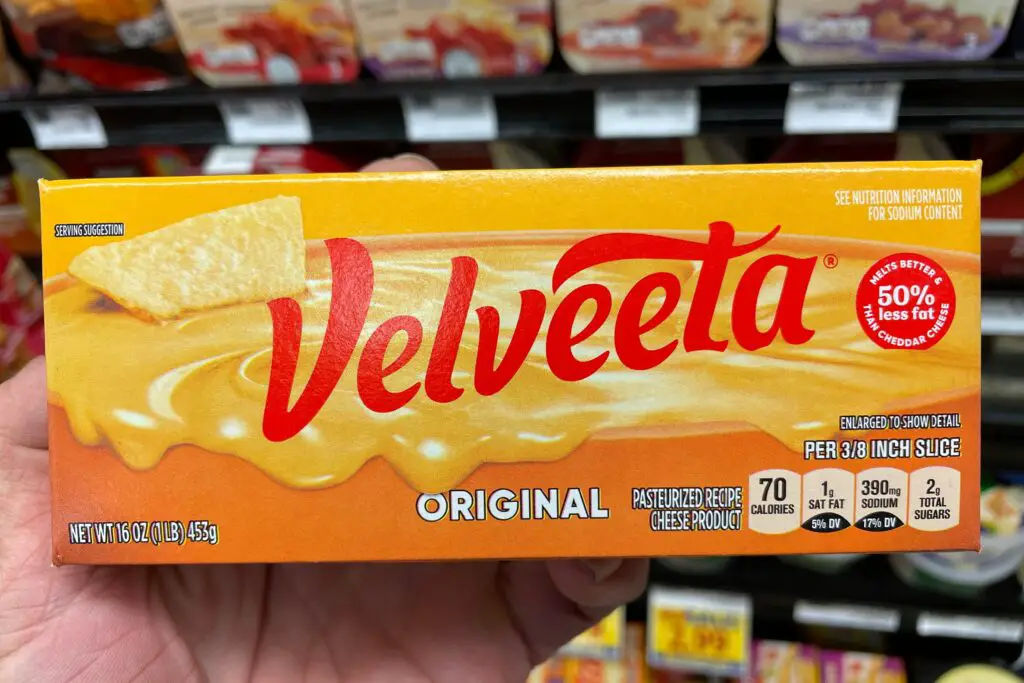
Velveeta cheese, a processed cheese product, was first introduced in the 1920s, but it saw significant growth during World War II due to rationing. During the war, there was a shortage of natural cheese, and the U.S. government was looking for a way to make cheese last longer and be easier to distribute. Velveeta was created as a stable, affordable alternative that could be used in a variety of dishes while meeting wartime nutritional standards.
The cheese became a popular choice in military rations and quickly made its way into civilian kitchens after the war. Its smooth, meltable texture and ability to stay fresh for long periods helped it become a household staple. Over time, Velveeta evolved into a popular ingredient in many comfort foods, from nachos to macaroni and cheese, cementing its place in the culinary world.
10. Rice Krispies Treats
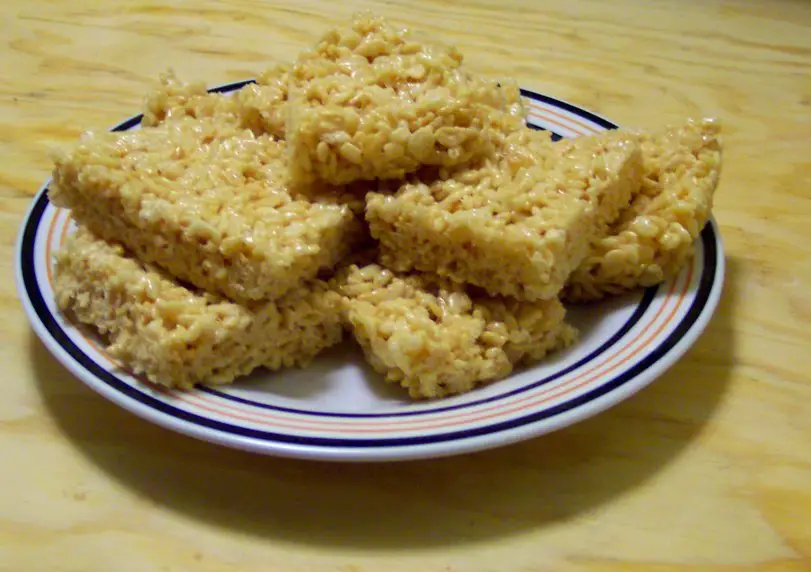
While Rice Krispies cereal has been around since the 1920s, the creation of Rice Krispies Treats came during World War II. During wartime, marshmallows and other sugar products were in short supply, but cereal manufacturers were still producing large quantities of Rice Krispies. The solution came when a creative home economist, Mildred Day, working with Kellogg’s, mixed the cereal with melted marshmallows to create a new snack that could be made easily at home, without requiring many ingredients.
These sweet, crunchy treats became a quick hit and a convenient snack for families. The recipe spread across the country, becoming a favorite during the war and continuing to be a nostalgic treat in the decades that followed. Today, Rice Krispies Treats are still a popular snack, enjoyed by kids and adults alike, and can even be found in a variety of flavors.
11. Corned Beef Hash
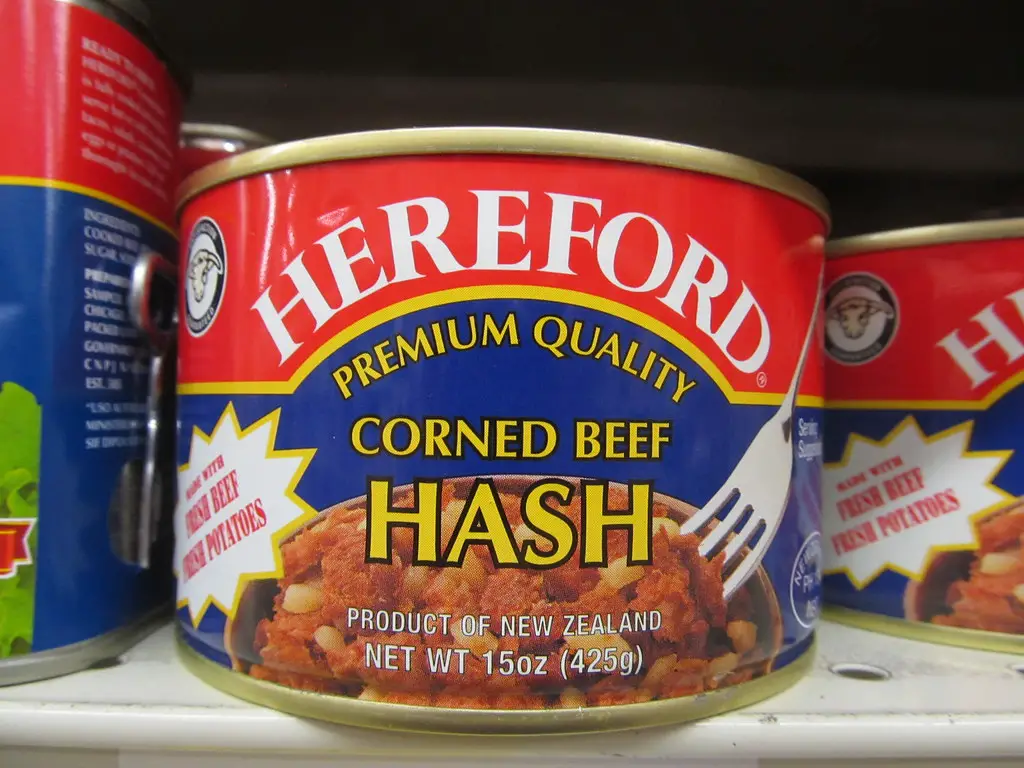
Corned beef hash is another product that gained prominence due to wartime rationing. As meat became scarce, canned corned beef became a popular substitute. The military used corned beef in K-rations and other field rations, where it was combined with potatoes and vegetables to create a filling meal that could be prepared quickly.
This convenience made corned beef hash an ideal solution for wartime kitchens, and its popularity persisted after the war. The canned version became a quick, affordable breakfast or dinner option for many households. Today, it remains a classic comfort food, often served with eggs for breakfast or enjoyed as a hearty meal on its own.
12. Instant Mashed Potatoes
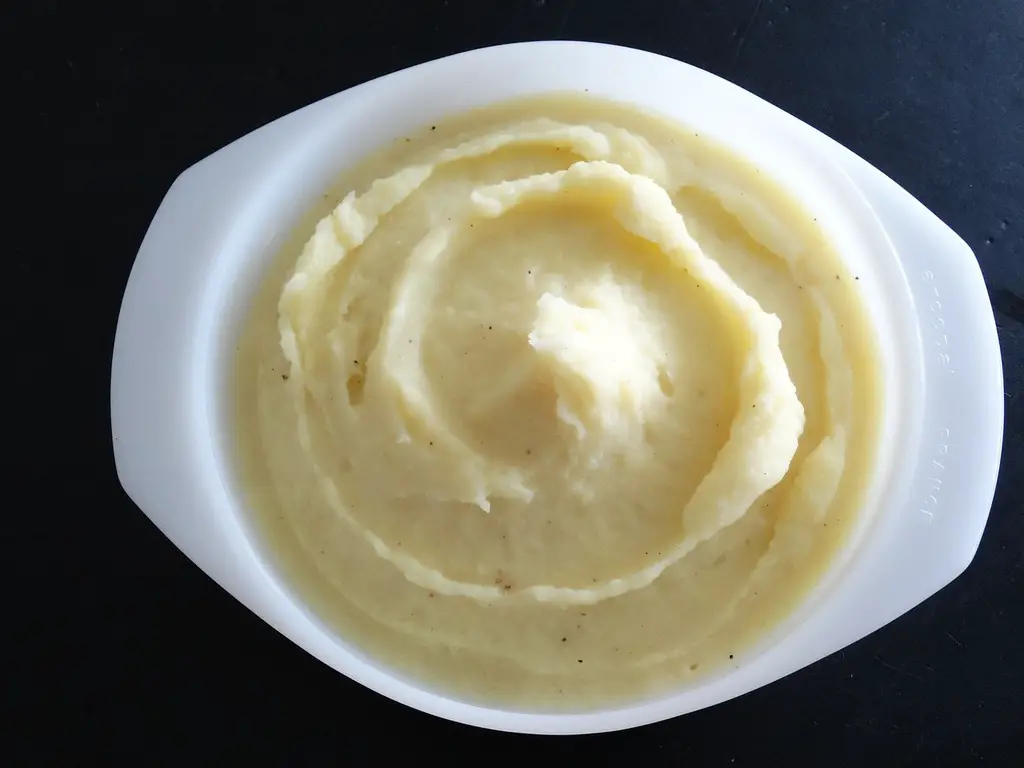
During World War II, the U.S. military needed a way to provide soldiers with potatoes without the hassle of peeling, boiling, and mashing them in the field. The answer came in the form of instant mashed potatoes, which were developed to be easily prepared by adding water. These mashed potatoes became part of military rations, offering a convenient and quick source of carbohydrates.
After the war, the concept of instant mashed potatoes moved into civilian kitchens, where they gained popularity due to their convenience and ability to feed large families without much preparation. The idea of “instant” food products, which offered time-saving solutions, grew rapidly after the war, and instant mashed potatoes remain a popular pantry staple to this day.
13. Tupperware

While not a food itself, Tupperware was introduced during World War II as a solution to food storage problems. With fresh food in short supply and rationing restrictions in place, people had to find new ways to store their leftovers and preserve food. Tupperware’s airtight seal made it the perfect solution for keeping food fresh for longer periods, and it quickly became a household must-have.
In the years following the war, Tupperware became an iconic product in the kitchen. It wasn’t just a practical tool for preserving food; it also became a symbol of modern convenience. Tupperware parties, where women would host gatherings to sell the products, became a cultural phenomenon in the 1950s, forever changing the way people stored and organized food.
14. Wheaties

Wheaties cereal was already on the market before World War II, but during the war, it became heavily marketed as a nutritious food that could fuel the hardworking American. In an era where rationing and limited resources were the norm, Wheaties’ high-protein, whole-grain formula made it an ideal choice for families looking for an affordable and healthy breakfast. The cereal was advertised as “The Breakfast of Champions,” a slogan that stuck and helped cement Wheaties’ place as a staple in American homes.
After the war, Wheaties continued to be a popular choice for families and athletes alike. Its association with healthy living and athletic performance helped it remain relevant for decades, and it continues to be a well-loved cereal today.
15. Tang

Tang, the powdered orange drink, was created by the American food company General Foods in 1957, but it became widely known when it was selected by NASA for astronauts during the early space missions. While its creation was not directly due to wartime rationing, it became popular because of the food shortages and innovation during the Cold War, a period where technological and food advancements were tightly intertwined. The powdered drink was easy to mix with water and provided a source of vitamin C, making it a practical choice for long-duration space missions.
After NASA’s use of Tang became public, the drink exploded in popularity during the 1960s and 1970s. Families across America began using it as a simple, affordable alternative to fresh orange juice. To this day, Tang is a nostalgic part of many people’s childhoods, though it remains a reminder of how wartime food solutions often lead to unexpected cultural staples.
16. Chewing Gum

Gum was already a popular product before World War II, but it saw a major surge in use during the war. The U.S. military distributed chewing gum to soldiers as part of their rations, believing it could help boost morale and keep soldiers’ mouths busy during long, stressful hours. It was also a way to help freshen breath and keep teeth clean when regular dental care wasn’t possible.
After the war, gum’s popularity only increased, and companies began producing new flavors and varieties to meet the demand. It became a standard snack in American homes and continues to be a go-to treat for people of all ages. The military’s role in making chewing gum a part of daily life is a reminder of how seemingly small items can have a lasting impact.
17. Jell-O

Jell-O, while not directly created during wartime, became a food that filled a need during the war years. Rationing limited access to fresh fruits and other perishable foods, and gelatin-based desserts like Jell-O provided an affordable and simple alternative. It was a favorite in wartime kitchens, where it could be made with minimal ingredients and stretched to feed many people.
After the war, Jell-O continued to grow in popularity, becoming a common part of the American diet. Its ability to be molded into different shapes and combined with fruits and other ingredients made it a versatile option for families, and it became a staple at holiday dinners and family gatherings.
18. M&Ms
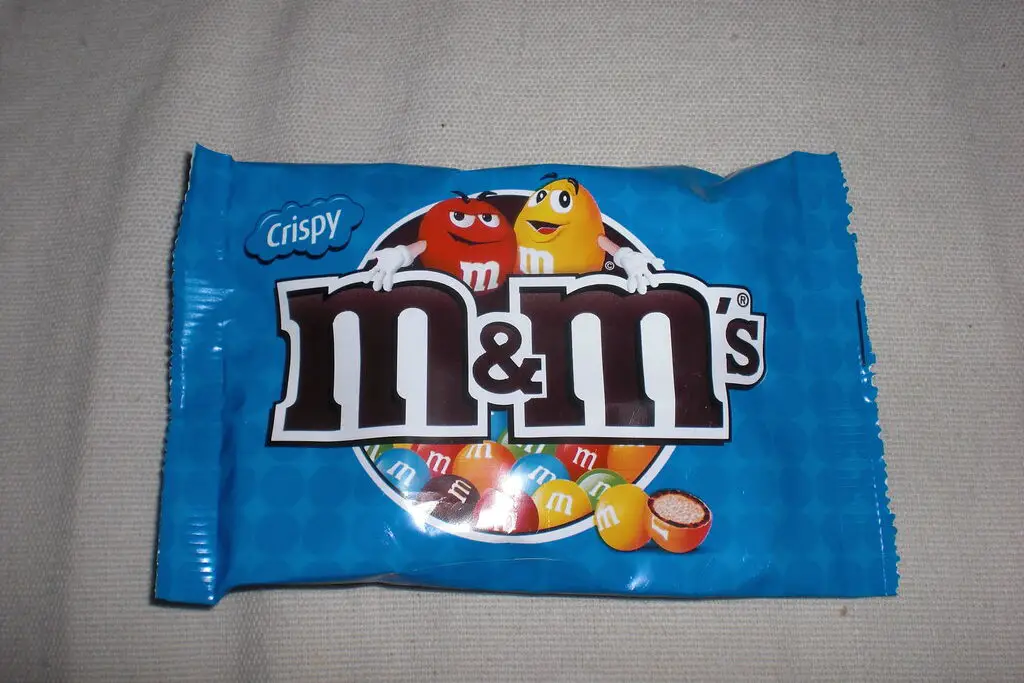
M&Ms, those colorful candy-coated chocolates, were introduced in 1941, just before the U.S. entered World War II. The candy was developed to be a durable and heat-resistant option for soldiers, who needed sweets that wouldn’t melt in hot conditions. The candy’s candy shell protected the chocolate, making it perfect for military rations.
After the war, M&Ms became a huge success in the civilian market, thanks to their long shelf life and portability. They quickly became one of the most popular candies in the United States and around the world. Today, M&Ms are a global snack, a far cry from their humble beginnings as a wartime treat.
